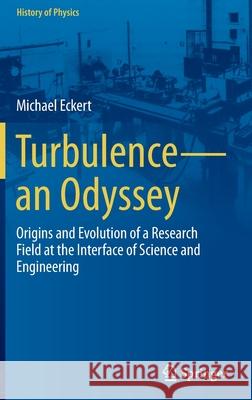Turbulence--An Odyssey: Origins and Evolution of a Research Field at the Interface of Science and Engineering » książka
topmenu
Turbulence--An Odyssey: Origins and Evolution of a Research Field at the Interface of Science and Engineering
ISBN-13: 9783030914585 / Angielski / Twarda / 2022 / 226 str.
Turbulence--An Odyssey: Origins and Evolution of a Research Field at the Interface of Science and Engineering
ISBN-13: 9783030914585 / Angielski / Twarda / 2022 / 226 str.
cena 602,40
(netto: 573,71 VAT: 5%)
Najniższa cena z 30 dni: 578,30
(netto: 573,71 VAT: 5%)
Najniższa cena z 30 dni: 578,30
Termin realizacji zamówienia:
ok. 22 dni roboczych
Dostawa w 2026 r.
ok. 22 dni roboczych
Dostawa w 2026 r.
Darmowa dostawa!
Kategorie BISAC:
Wydawca:
Springer
Język:
Angielski
ISBN-13:
9783030914585
Rok wydania:
2022
Ilość stron:
226
Waga:
0.49 kg
Wymiary:
23.39 x 15.6 x 1.42
Oprawa:
Twarda
Wolumenów:
01
Dodatkowe informacje:
Wydanie ilustrowane











